Special Preface to Volume 100 (2019): “C”
Centennials are always cause for celebration. Whether honoring a historical event, an institution, a birthday, a sports statistic, or some other notable achievement, there is something magical about the number 100. We delineate the passage of time in centuries and view them as self-contained eras for analysis of the evolution of all dimensions of human history. Likewise, in the annals of scientific publications, the appearance of a 100th issue, volume, or publication year is a testimony to the vitality and enduring relevance of the work.
Although the Organic Reactions series is not yet a century old, the publication of Volume 100 represents an important milestone from which to evaluate the historical evolution of the series, the status of the organization that produces it, and the prospects for its future. Organic Reactions celebrated similar milestones with the publication of its 25th, 50th, and 75th volumes in 1977, 1997, and 2011, respectively. Whereas the anniversary was celebrated with a special preface in each instance along with a special color case for the volume (silver, gold and white, respectively), the chapter content was handled much like any other volume, with the exception of Volume 75 which featured chapters by former and current members of the Board of Editors. For Volume 100, we have chosen to create a special collection of chapters to serve as a yardstick to capture the state of the art of synthetic organic chemistry at the early part of the 21st century.
The origins of the series have been described in detail by Harold Blatt in his preface, Recollections, that served to mark the silver anniversary issue of Volume 25. Similarly, Bob Joyce composed an expanded and updated version in his preface to Volume 50 entitled A Golden Anniversary. That tradition was continued by my special preface to Volume 75 entitled Are Diamonds Forever? This preface will continue that tradition by chronicling the events since 2011. The perceptive reader will immediately recognize that it took 36 years to produce the first 25 volumes, 20 years to produce the next 25, 14 years for the next 25 and only eight to reach the century mark. As Thomas Friedman has astutely pointed out, we are “thriving in the age of accelerations.”
The missions of Organic Reactions as a publication and an organization have remained the same since it was founded in 1939. The goals were clearly laid out by Roger Adams in the Preface to the Series published in every volume since 1942, and are reproduced here on page xix. In view of the significant changes brought about by the advent of electronic databases and search engines, I felt that a reaffirmation of these goals was warranted; therefore, on assuming the role of Editor in Chief in 2008, I wrote an updated Introduction to the Series (see page xx).
The Organic Reactions Family
The Elders. Whereas the goals of Organic Reactions have remained the same, the individuals entrusted with preserving the institution and its mission have changed.
Board of Directors (Volumes 76 – 100)
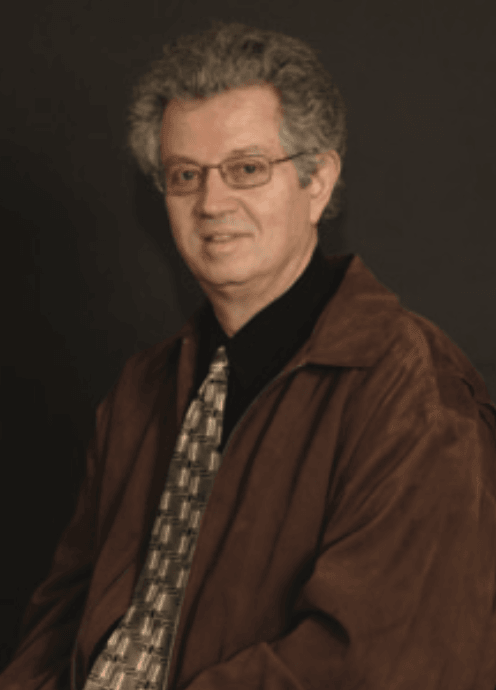

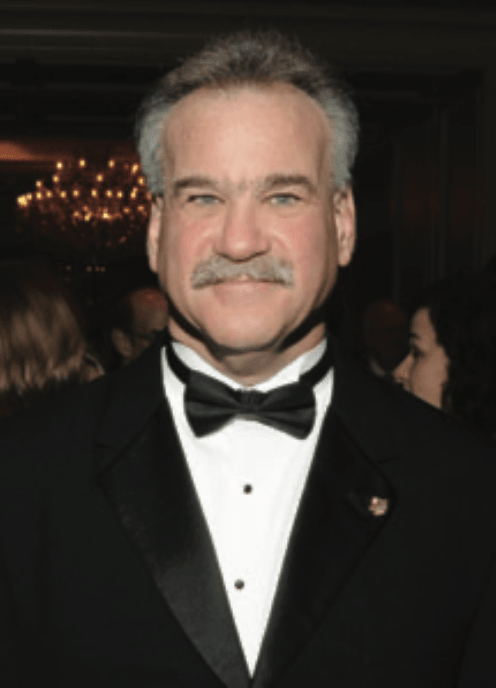
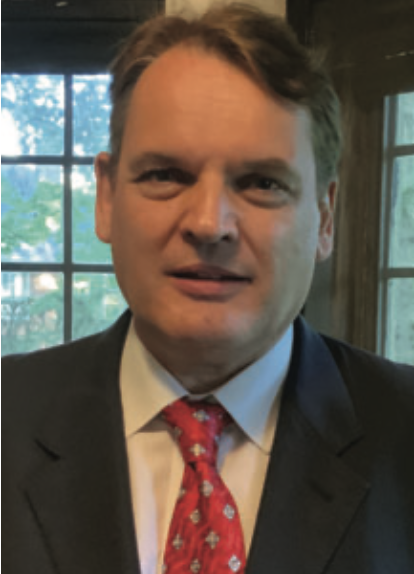
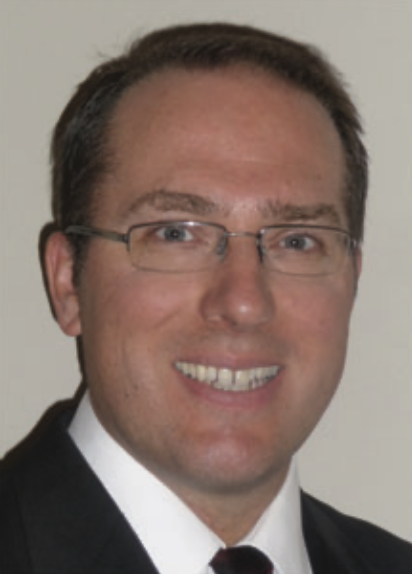
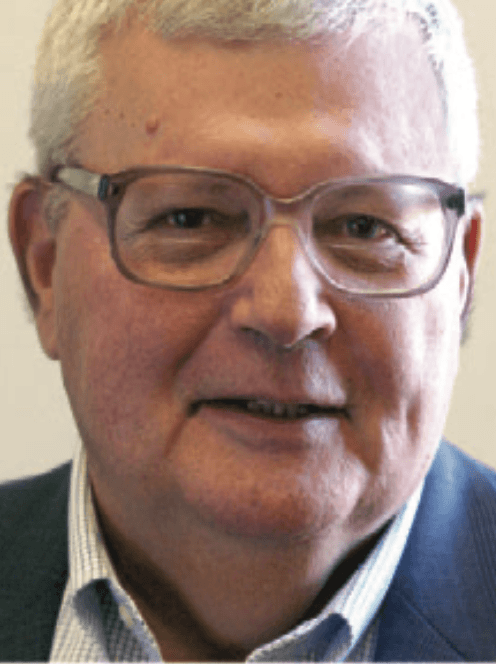
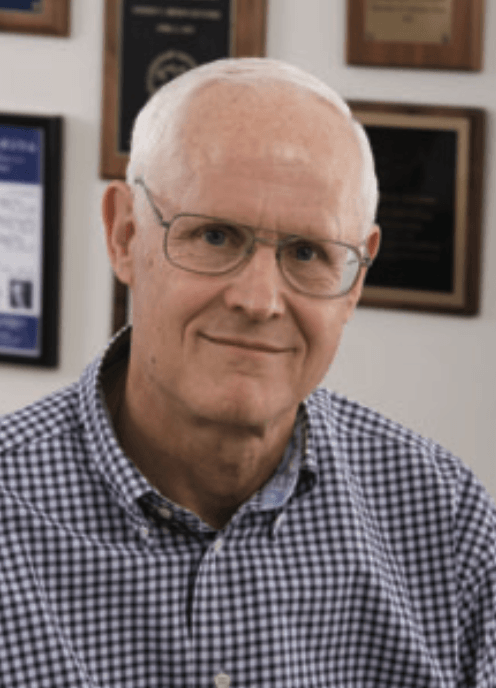
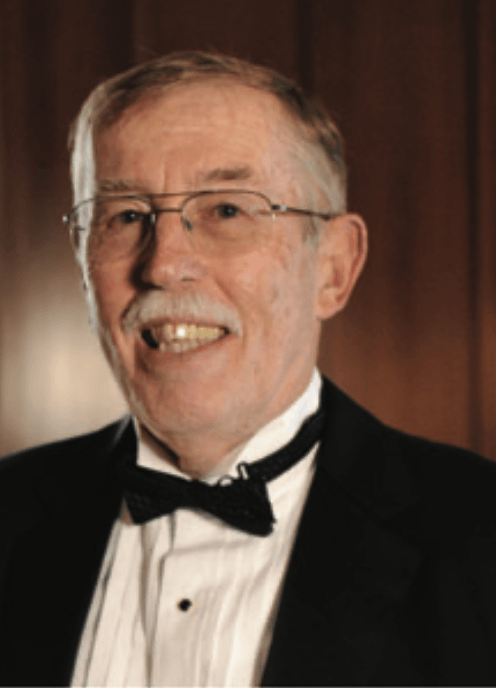
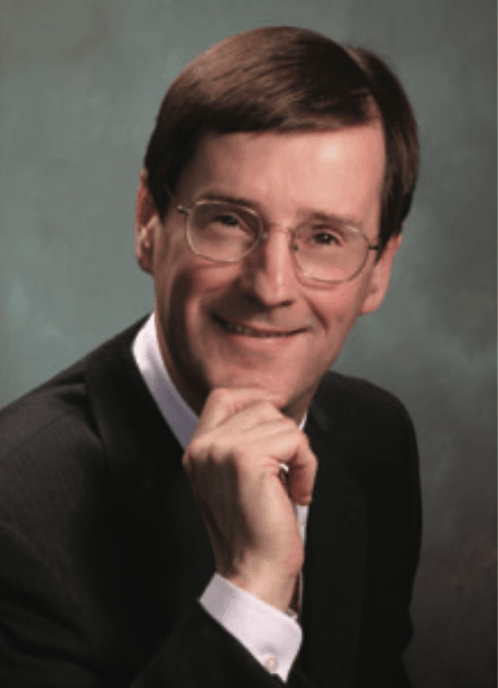
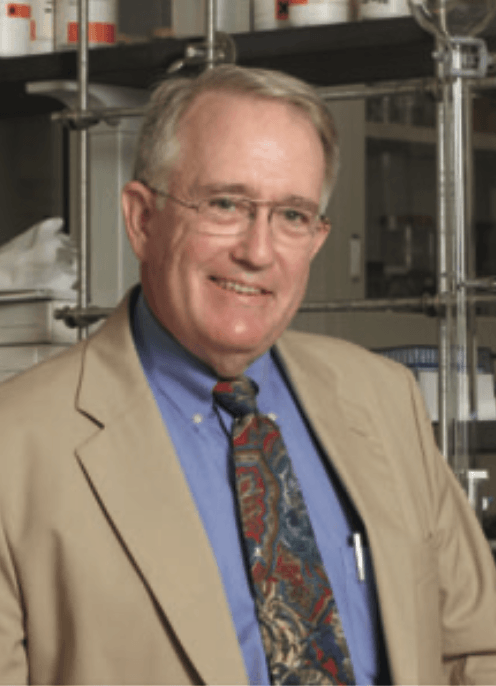
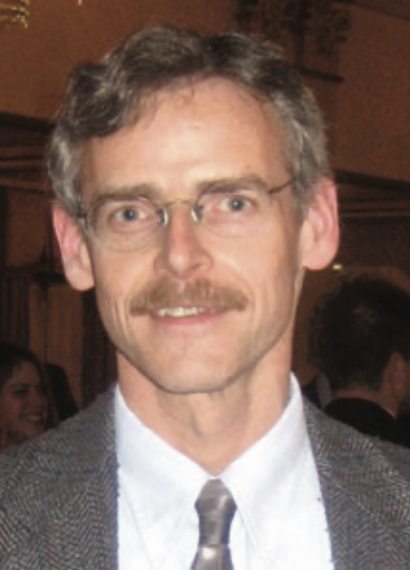
Larry E. Overman stepped down as Editor-in-Chief and President in 2007 and passed the honor on to me in 2008. Similarly, I will pass the baton to P. Andrew Evans effec-tive upon the publication of Volume 100. The composition of the Board of Directors has changed substantially since 2001. Leo Paquette stepped down in 2007, Andy Kende retired in 2015, and Robert Bittman passed away in 2014. In 2018, through a change in the By-Laws, we increased the composition of the Board of Directors to nine to better accommodate succession planning and also instituted term limits. Currently, the Board of Directors includes André B. Charette, Scott E. Denmark, P. Andrew Evans, Dennis Hall, Larry E. Overman, Jeffery B. Press, William Roush, Amos B. Smith, III, and Peter Wipf.
The Scribes. The bulk of the editing of chapters and communications with authors falls to the members of the Board of Editors. As chapters have significantly increased in length over the past eight years, this task has required a greater investment of time to assure that the manuscripts adhere to the strict style and format that character-izes Organic Reactions. Those individuals who have edited chapters appearing in Volumes 1–100 appear below; the names listed in bold are current members of the Editorial Board. Those listed with an asterisk have passed away.
| Roger Adams* | William G. Dauben* | Andrew S. Kende* |
| Homer Adkins* | Huw M. L. Davies | Laura Kiessling |
| Jeffrey Aubé | Scott E. Denmark | Marisa Kozlowski |
| Werner E. Bachmann* | P. Andrew Evans | Willy Leimgruber* |
| John E. Baldwin | Vittorio Farina | Steven V. Ley |
| Peter Beak | Louis F. Fieser* | Jennifer A. Love |
| David B. Berkowitz | Paul L. Feldman | James A. Marshall |
| Robert Bittman* | Josef Fried* | Michael J. Martinelli |
| Paul R. Blakemore | Jacquelyn Gervay-Hague | Stuart W. McCombie |
| A. H. Blatt* | Heinz W. Gschwend | Frank C. McGrew* |
| Virgil Boekelheide* | Dennis Hall | Blaine C. McKusick* |
| George A. Boswell, Jr.* | Stephen Hanessian | Jerrold Meinwald* |
| Dale L. Boger | Richard F. Heck* | Scott J. Miller |
| Theodore L. Cairns* | Louis Hegedus | Gary A. Molander |
| Jin K. Cha | Paul J. Hergenrother | John Montgomery |
| André B. Charette | Ralph F. Hirschmann* | Carl Nieman* |
| Engelbert Ciganek | Herbert O. House* | Larry E. Overman |
| Arthur C. Cope* | Donna M. Huryn | Albert Padwa |
| Donald J. Cram* | Jeffrey B. Johnson | Leo A. Paquette* |
| Dennis P. Curran | Jeffrey S. Johnson | Andrew Phillips |
| David Y. Curtin* | John R. Johnson* | Gary H. Posner* |
| Anthony W. Czarnik | Robert M. Joyce* | Jeffery B. Press |
| Samuel J. Danishefsky | Robert C. Kelly | T. V. RajanBabu |
| Hans J. Reich | Kevin H. Shaughnessy | Milán Uskokovic* |
| James H. Rigby | Martin F. Semmelhack | Christopher D. Vanderwal |
| William R. Roush | Charles Sih | Steven M. Weinreb |
| Tomislav Rovis | Amos B. Smith, III | Boris Weinstein* |
| Scott D. Rychnovsky | Harold R. Snyder* | James D. White |
| Jennifer M. Schomaker | Barry M. Trost | Peter Wipf |
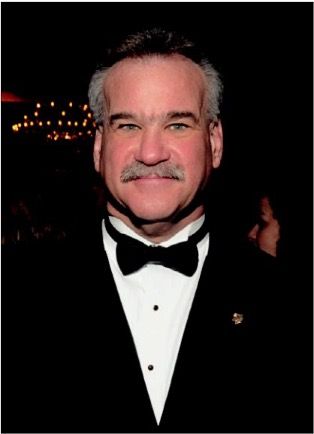
Scott E. Denmark
Board of Editors (Volumes 76 – 100)
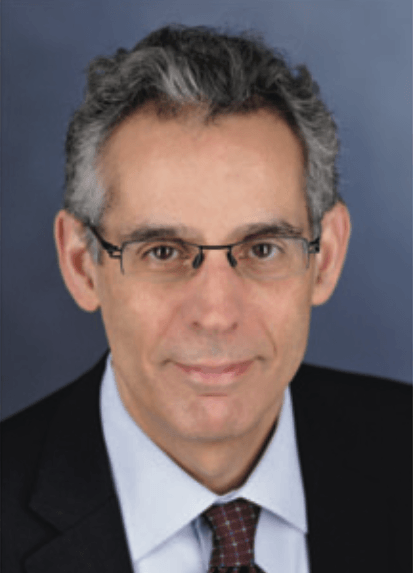
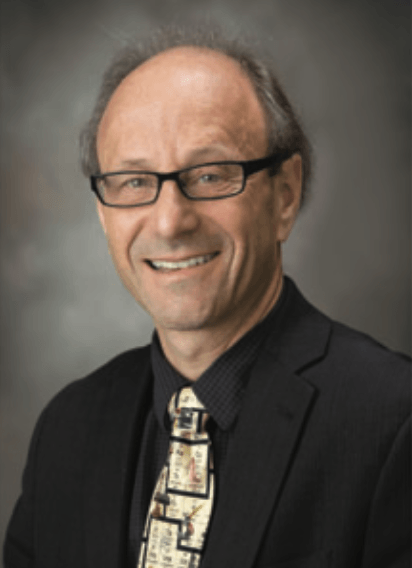
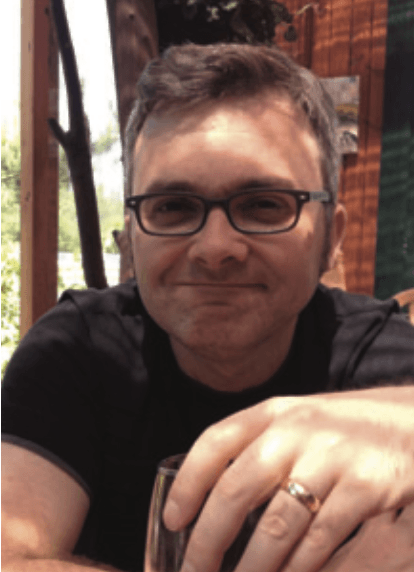
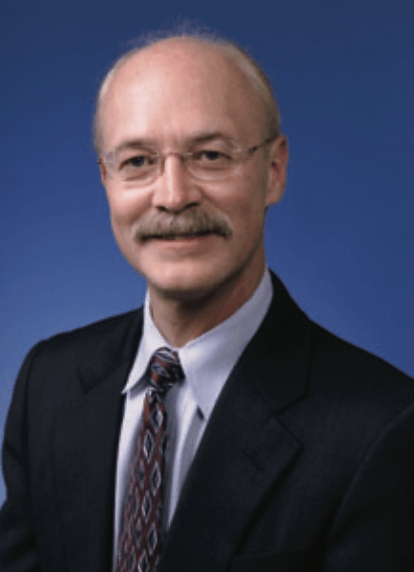
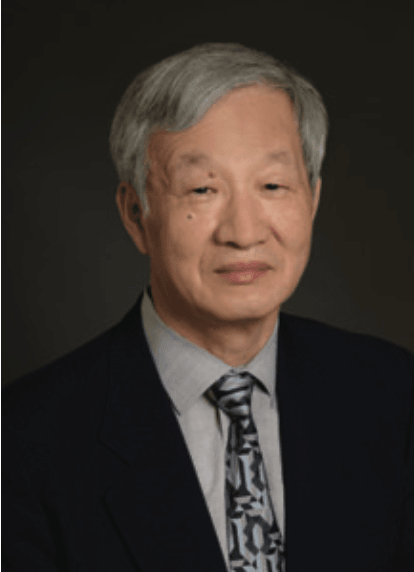

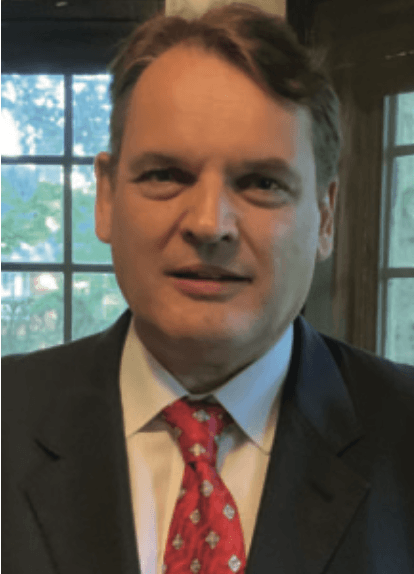
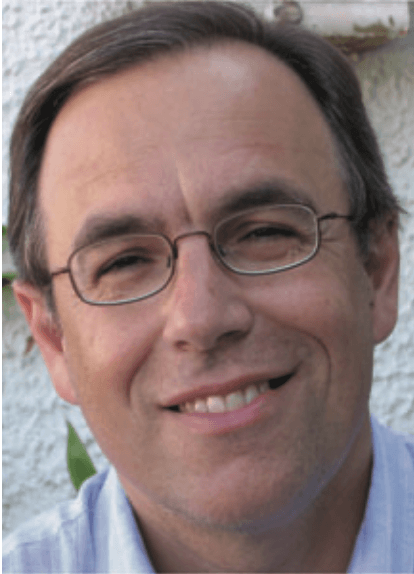
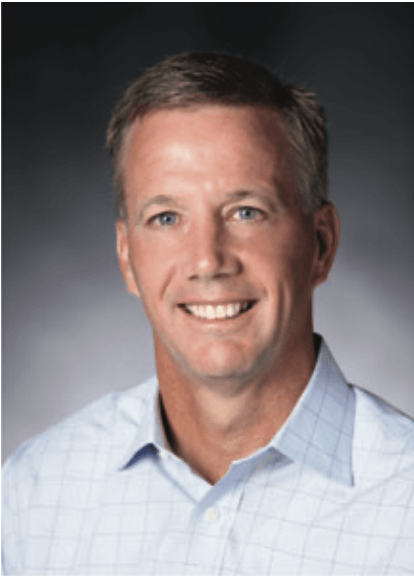
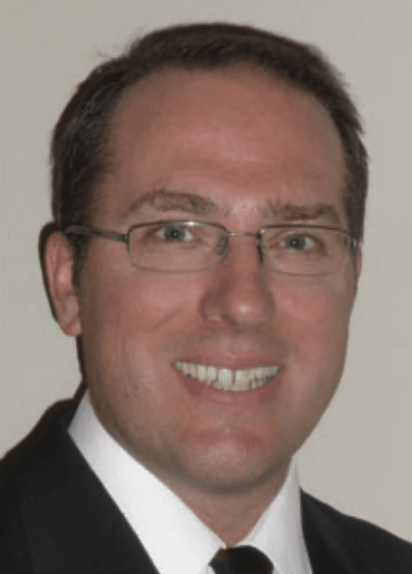
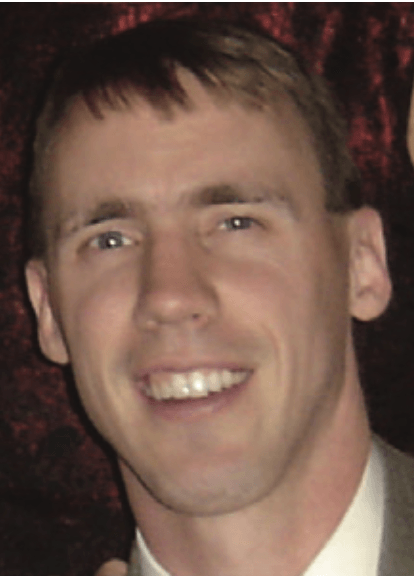
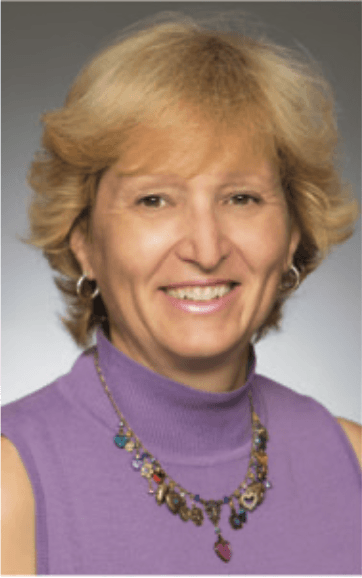
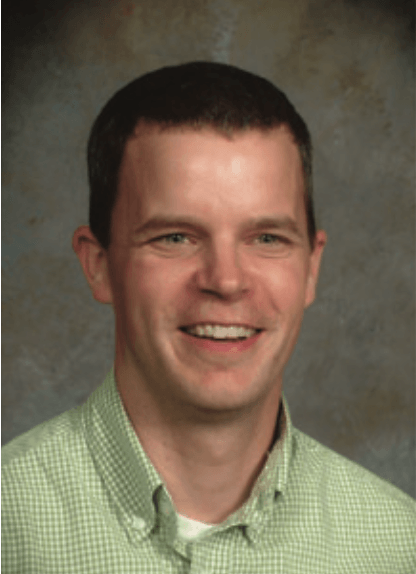
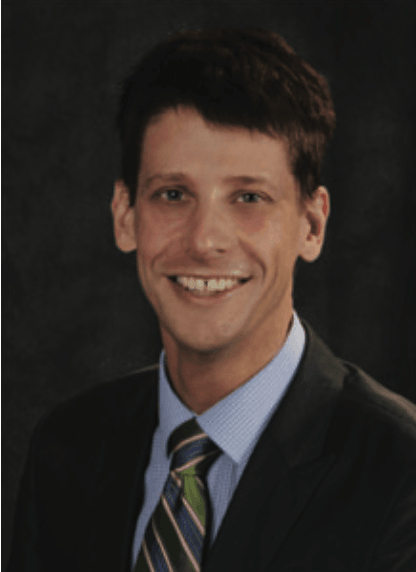
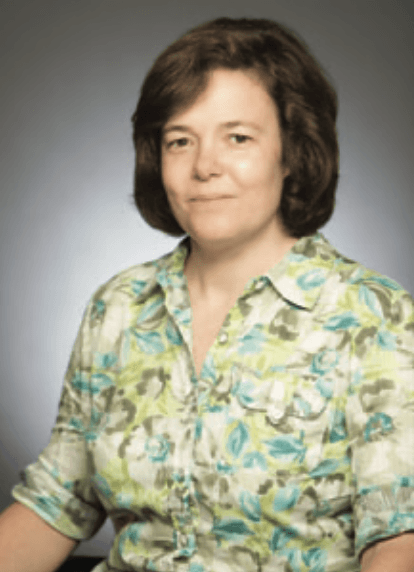
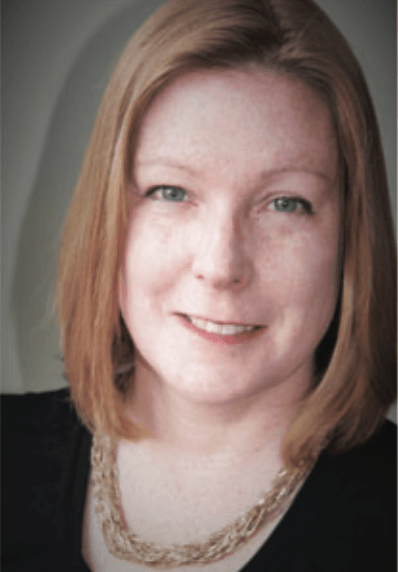
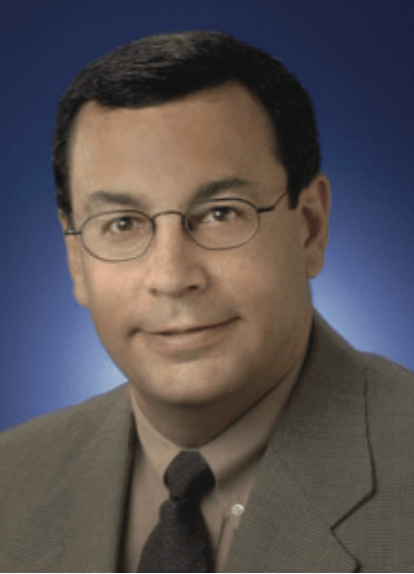
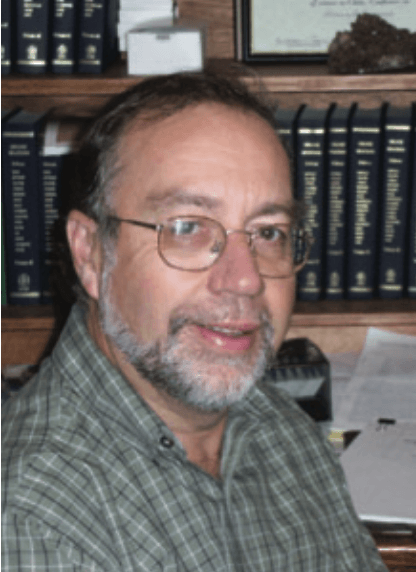
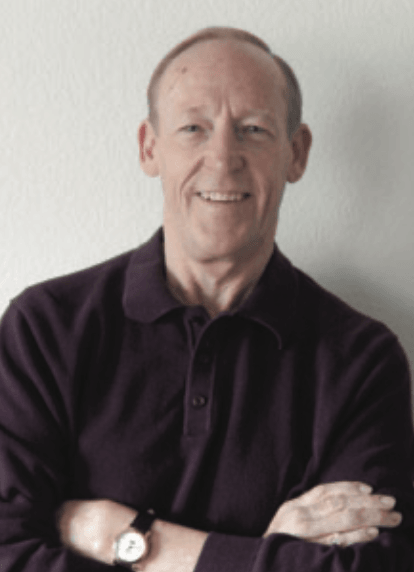
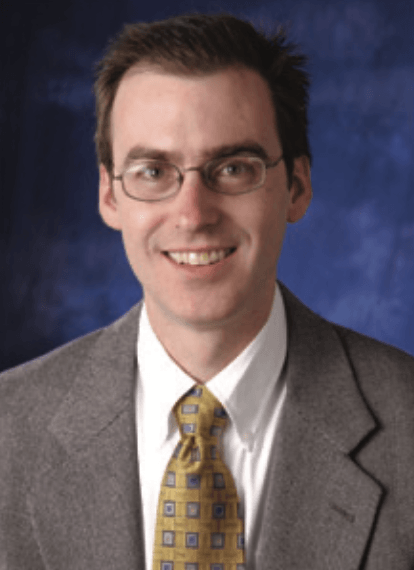
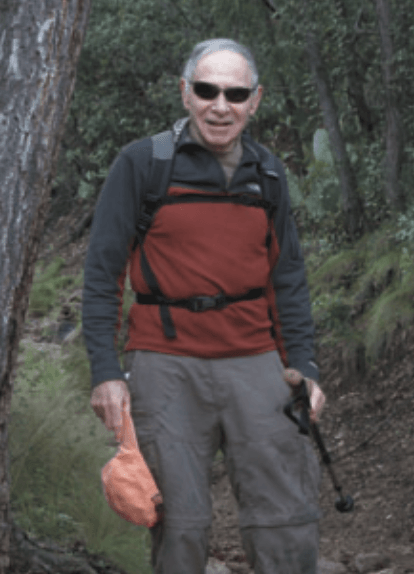
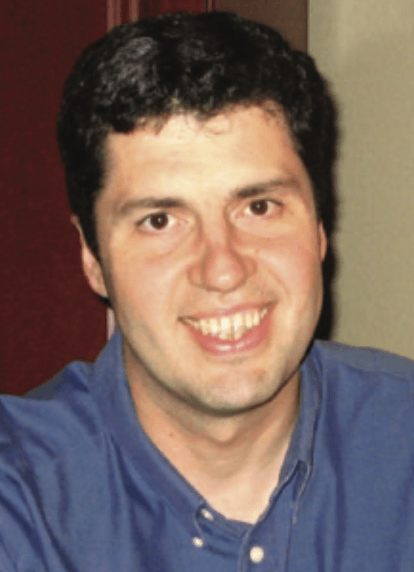
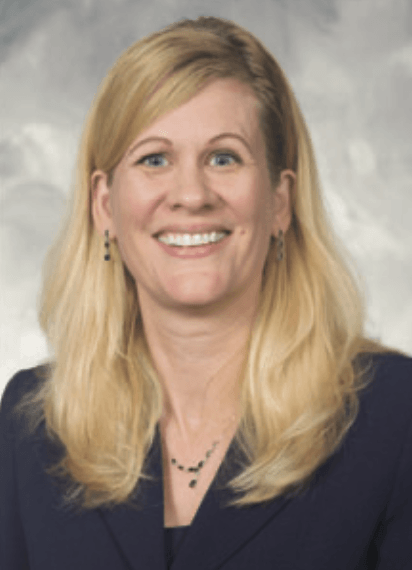
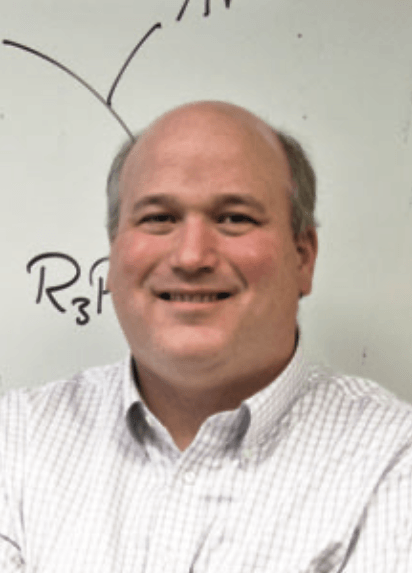
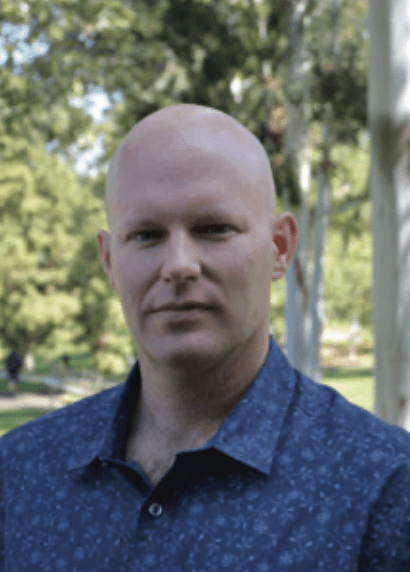
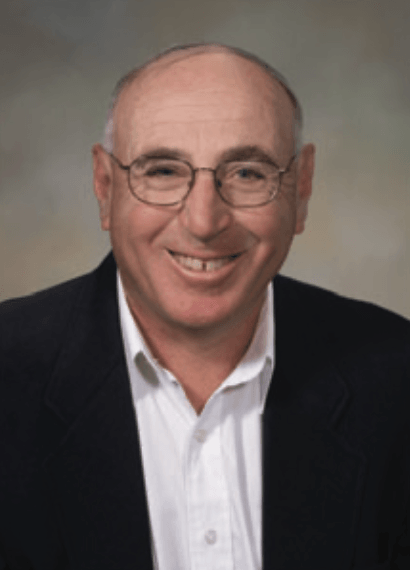
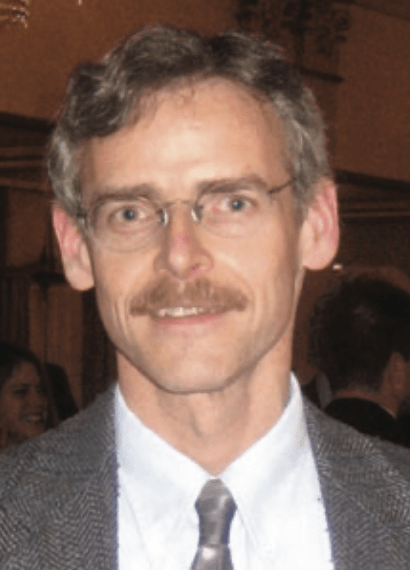
The Producers. Jeffery Press joined Organic Reactions, Inc. in 1983 and served as Responsible Secretary shepherding volumes to publication. This position was taken over in 2017 by one of our editorial staff, Dr. Dena Lindsay, who serves as Secretary to the Editorial Board and Processing Editor. Jeff continues to provide stability and continuity (through various administrations) as Secretary-Treasurer and Recording Secretary to the Editorial Board.
The accelerated productivity of the series has required a significant increase in our editorial staff to whom the major burden of producing the chapters falls. Dr. Linda S. Press served as Editorial Coordinator through 2015 when she transitioned to a less-demanding role as Editorial Consultant. Fortunately, Linda was able to bring on board and train Dr. Danielle Soenen who took on the mantle of Editorial Coordinator. To help offset the increasing workload, Drs. Landy K. Blasdel and Debra Dolliver have joined the staff as Processing Editors, and Dr. Robert M. Coates assisted as Proof-Reading Editor. These outstanding individuals are the backbone of the organization and deserve much of the credit for the high quality of the chapters.
A special note of thanks goes to Dr. Engelbert Ciganek who has provided outstanding service to the organization for 17 years on the Board of Editors and since 2000 as our Editorial Adviser. Bert’s skill as a proofreader is legendary, second only to his amazing ability to rearrange tabular surveys for authors to enhance user friendliness. Bert has also authored or coauthored seven chapters in the series. Editors, authors, and staff alike have benefitted from his generous and expert assistance.
Editorial Staff
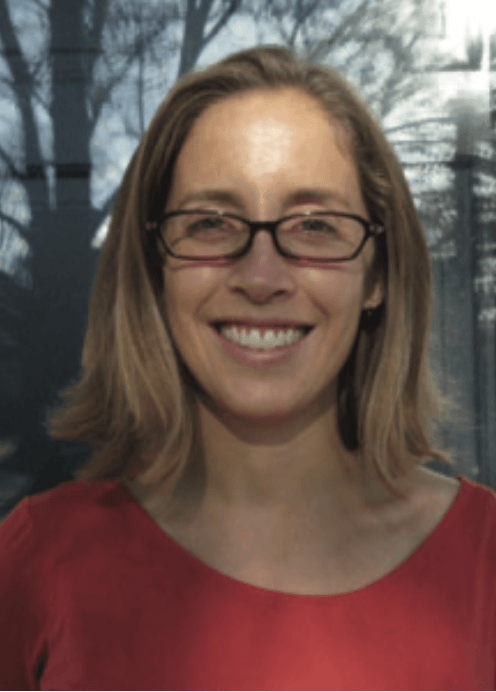
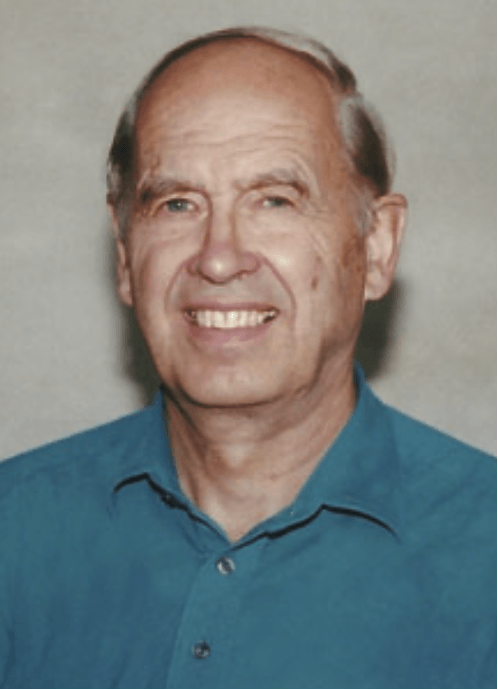
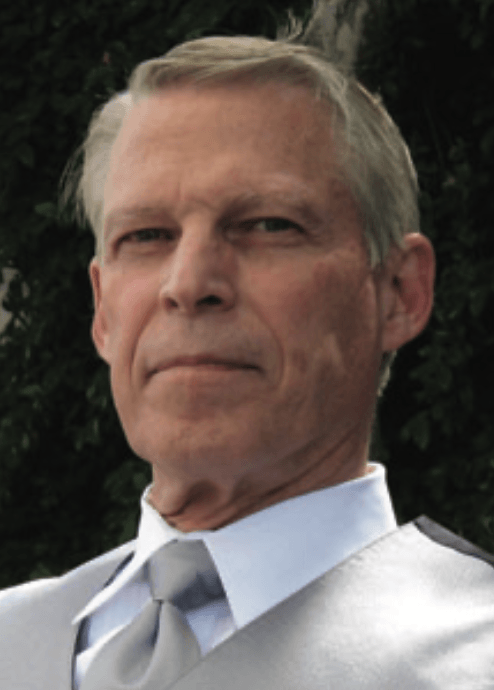
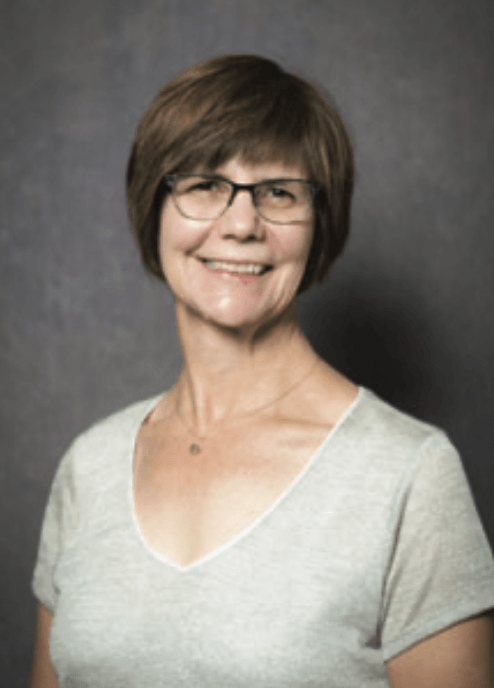
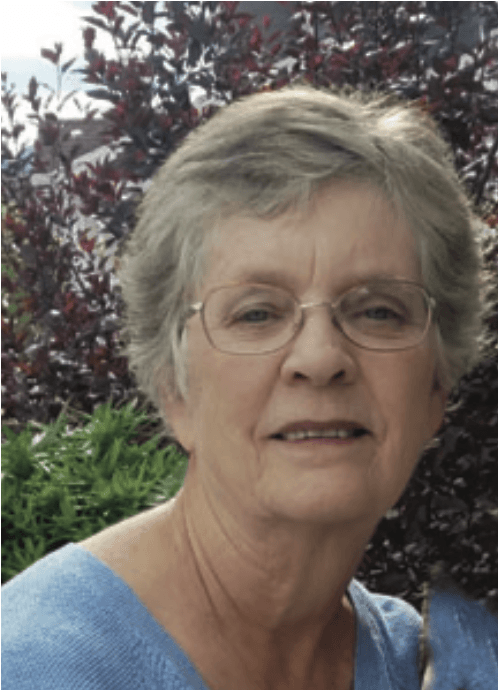
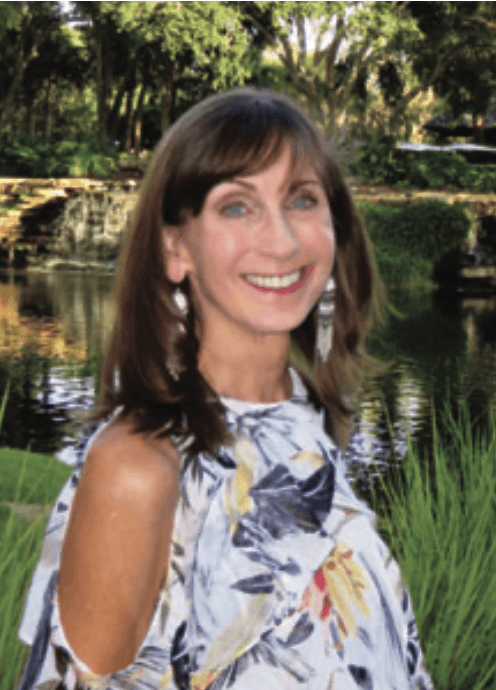
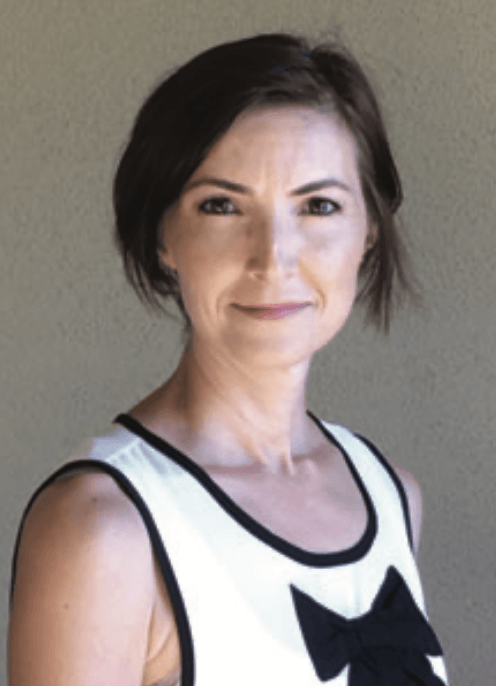
The Recruits. Despite all of the advances in database searching, word process-ing, and graphics composition, the task of writing an Organic Reactions chapter has become a greater and greater challenge. The exponential growth of the chemical liter-ature requires the authors to abstract hundreds if not thousands of papers and distill all of that information critically into concise, preparatively useful overviews. The com-pilation of the tables represents the greatest investment of effort as the requirement for comprehensive coverage of the subject has not changed. It is, therefore, to our authors who painstakingly endure rounds of critical editing that we owe the greatest debt of gratitude, for without them we would cease to exist.
In recognition of the overwhelming challenge associated with producing compre-hensive chapters, the Board of Editors decided to restrict the Tabular Survey to be representative of the scope of the transformation and illustrative of the best practices in chapters published after Volume 100.
The table below reveals several interesting trends. First, the number of chapters per volume continues to decrease, even more dramatically than in the previous 25 volumes. Because Volume 100 is nontraditional with 15 chapters, I recalculated the data assuming a normal two-chapter volume which revised the total to 45 chapters for the last 25 volumes (in parentheses). Most notably, the demographics of our authors continue to change such that the majority is now from outside the USA. This trend clearly reflects the growth in chemical sciences around the world, and particularly in Asia; our first chapters from Chinese authors appeared in Volumes 96 and 99. A second significant trend is the continuing decline in contributions from industrial chemists, certainly reflecting the increasing pressure on those colleagues to establish viability of research programs at accelerated timeframes.
| Volumes | Chapters | Authors | USA | Other Countries | Academic | Industrial | Other |
| 1–25 | 135 | 203 | 181 | 22 | 136 | 60 | 7 |
| 26–50 | 59 | 109 | 70 | 39 | 90 | 19 | 0 |
| 51–75 | 55 | 110 | 51 | 59 | 86 | 23 | 1 |
| 76–100 | 58 (45) | 168 | 72 | 96 | 152 | 12 | 4 |
The Organic Reactions Product
From a raw statistical perspective the composition of the Organic Reactions product has changed considerably over the years and this trend has continued in Volumes 76–100. The data in the table below clearly show that chapters continue to grow in size with the attendant decrease in the number of chapters per volume (numbers in parentheses assume only two chapters in Volume 100). The growth is most noticeable in the length of the tables, which now average nearly 200 pages per chapter.
| Volumes | Chapters | Average No. Chapters/Volume | Shortest (Pages) | Longest (Pages) | Average No. Pages/Chapter | Average No. Table Pages/Chapter |
| 1–25 | 135 | 5.4 | 14 | 438 | 85 | 41 |
| 26–50 | 59 | 2.4 | 36 | 652 | 246 | 169 |
| 51–75 | 55 | 2.2 | 89 | 714 | 283 | 205 |
| 76–100 | 58 (45) | 2.3 (1.8) | 48 | 1303 | 288 | 210 |
Indeed, eight of the past 25 volumes comprise single chapters: Volume 81 (The Krapcho Dealkoxycarbonylation Reaction of Esters with alpha-Electron-Withdrawing Substituents by A. P. Krapcho and E. Ciganek); Volume 85 (Copper-Catalyzed Amination of Aryl and Alkenyl Electrophiles by K. H. Shaugh-nessy, E. Ciganek, and R. B. DeVasher); Volume 88 (HydroaminatAion of Alkenes by A. L. Reznichenko and K. C. Hultzsch); Volume 89 (Olefin Ring-Closing Metathesis by L. Yet); Volume 90 (The Catalytic, Enantioselective Michael Reaction by E. Reyes, U. Uria, J. L. Vicario, and L. Carrillo); Volume 91 (Nucleophilic Additions of Perfluoroalkyl Groups by P. Beier, M. Zibinsky, and G. K. Surya Prakash); Volume 93 (Asymmetric Rhodium-Catalyzed 1,4-Addition of Organoboron Reagents by A. R. Burns, H. W. Lam, and I. D. Roy); and Volume 94 ([3 + 2] Dipolar Cycloadditions of Nitrones with Alkenes by A. Brandi, F. Cardona, S. Cicchi, F. M. Cordero, and A. Goti). These authors deserve a special acknowledgment for undertaking such mammoth tasks and for the contribution these outstanding chapters provide to the field.
In addition to the increasing size of the chapters, the breadth of chemical trans-formations now covered has also considerably increased. More and more chapters focus on advances in the use of organometallic reagents and catalysts as well as the growing development of asymmetric synthetic reactions. Among the 15 chapters in Volume 100, 13 involve catalytic transformations of which 11 use transition metals, one uses hydrogen-bonding catalysis and one employs many different kinds of catalysis for a given reaction. The other two chapters highlight the importance of Main-Group organometallic reagents (lithium, magnesium, zinc).
Although the detailed protocol by which chapters are processed has changed, the fundamental roles of the various contributors (authors, responsible editor, reviewing editors, editorial coordinator, and responsible secretary) have not. Advances in electronic media and data transfer have facilitated the distribution of manuscripts, but writing and editing are still the rate-limiting steps. Since Volume 75 an author-friendly procedure has been in place to simplify the composition of the Tabular Survey. The authors now provide single entries, coded with their location in a given table. Our publisher John Wiley then compiles the tables from these entries (and tags the structures to enable electronic searching). Nevertheless, the editorial staff still examines each table entry to assure that its layout, location, and content are correct.
Organic Reactions, Inc.
Organic Reactions, Inc. was set up as a not-for-profit, private operating foundation whose mission is “the furtherance of scientific research in organic chemistry.” This mission has been fulfilled through a number of different philanthropic activities.
Roger Adams Award. In recognition of his many years of service to organic chemistry, the ACS established the Roger Adams Award to recognize and encourage outstanding contributions to research in organic chemistry defined in its broadest sense. The award consists of a medallion and a replica, a certificate, and $25,000. The recipient will deliver a lecture at the Biennial National Organic Chemistry Symposium. Since 1959, this award has been co-sponsored by Organic Reactions, Inc., Organic Syntheses, Inc., and the ACS Division of Organic Chemistry.
The list of awardees is a veritable “who’s who” of organic chemistry that includes 11 Chemistry Nobel Prize winners (in bold).
| 1959 | Derek H. R. Barton | 1991 | Gilbert Stork |
| 1961 | Robert B. Woodward | 1993 | Elias. J. Corey |
| 1963 | Paul D. Bartlett | 1995 | Barry M. Trost |
| 1965 | Arthur C. Cope | 1997 | K. Barry Sharpless |
| 1967 | John D. Roberts | 1999 | Dieter Seebach |
| 1969 | Vladimir Prelog | 2001 | Ryoji Noyori |
| 1971 | Herbert C. Brown | 2003 | Albert Eschenmoser |
| 1973 | Georg Wittig | 2005 | Jerold Meinwald |
| 1975 | Rolf Huisgen | 2007 | Samuel Danishefsky |
| 1977 | William S. Johnson | 2009 | Andrew J. Streitwieser |
| 1979 | Melvin S. Newman | 2011 | Robert H. Grubbs |
| 1981 | Nelson J. Leonard | 2013 | David A. Evans |
| 1983 | Alan R. Battersby | 2015 | Larry E. Overman |
| 1985 | Donald R. Cram | 2017 | Hisashi Yamamoto |
| 1987 | Jerome A. Berson | 2019 | Stephen L. Buchwald |
| 1989 | George A. Olah |
Organic Reactions Lectureship. Between 1988 and 2016, Organic Reactions, Inc. sponsored a biennial lecture series that brought an outstanding young scientist (under 40) from overseas to visit the United States for 2–3 weeks. The Lectureship carried a stipend to cover expenses and honorarium and visited as many of the Board of Editors’ institutions as possible. As is evident from the list below, many of these visitors have become influential leaders in the field.
| 1988 | Hisashi Yamamoto | Nagoya University |
| 1990 | Manfred Reetz | University of Marburg |
| 1992 | Ian Paterson | University of Cambridge |
| 1994 | Philip Kocienski | University of Southhampton |
| 1996 | Paul Knochel | University of Marburg |
| 1999 | Alois Fürstner | Max Planck Institute, Mülheim |
| 2001 | Shu Kobayashi | University of Tokyo |
| 2003 | Mark Rizzacassa | University of Melbourne |
| 2009 | Benjamin List | Max Planck Institute, Mu¨lheim |
| 2011 | Matthew Gaunt | University of Cambridge |
| 2013 | Magnus Rueping | RWTH Aachen |
| 2016 | Nicolai Cramer | EPFL Lausanne |
Starting in 2016, the Board of Directors approved a change in the Organic Reac-tions Lectureship to provide each active member of the Board of Editors a $1500 stipend to sponsor a lectureship at their home institution in recognition of their efforts throughout the year.
Organic Reactions Graduate Fellowship. The Division of Organic Chemistry annually awarded fellowships to outstanding third- and fourth-year graduate students in organic chemistry. The program awarded over 300 fellowships since 1981. The fellowship stipend was $30,000, and the Fellows traveled to the National Organic Symposium to present a poster on their work. Awardees were selected on the basis of research accomplishments and a short original essay as part of the competition. Organic Reactions, Inc. and John Wiley sponsored a Graduate Fellowship since 1994. Unfortunately, in response to dwindling industrial sponsorship, the fellowship program was suspended in 2016.
| 1994–95 | Alexandra Gould | MIT |
| 1995–96 | Marcey L. Waters | U-Chicago |
| 1996–97 | Bryan King | UNC-Chapel Hill |
| 1997–98 | Christopher Cox | Johns Hopkins |
| 1998–99 | Christopher J. Kuehl | U-Utah |
| 1999–2000 | Joseph M. Ready | Harvard |
| 2000–01 | Gretchen Schroeder | Stanford |
| 2001–02 | Andrew E. Taggi | Johns Hopkins |
| 2002–03 | Stefan Debbert | Cornell |
| 2003–04 | Kacey A. Claborn | U-Washington |
| 2004–05 | Peter D. Jarowski | UCLA |
| 2005–06 | Thomas Snyder | Harvard |
| 2006–07 | Matthew Myers | Columbia |
| 2007–08 | Nicole S. White | UC-Irvine |
| 2008–09 | Eric M. Phillips | Northwestern |
| 2009–10 | Kathy Woody | Georgia Tech |
| 2010–11 | Dawn Makely | Vanderbilt |
| 2011–12 | Daniel Cohen | Northwestern |
| 2012–13 | Adam Goetz | UCLA |
| 2013–14 | Gregory Lackner | UC-Irvine |
| 2014–15 | Matthew Larsen | UC-Berkeley |
Division of Organic Chemistry Graduate Research Symposium. Beginning in 2016, Organic Reactions, Inc. has provided financial support for the Graduate Research Symposium which has been organized every summer since 2010. The symposium hosts 50–65 graduate students who are entering their fifth year of graduate studies to present their work in front of representatives from academia, industry, funding agencies, and publishers. These events have been tremendously successful and Organic Reactions, Inc. is very pleased to provide financial assistance.
Organic Reactions e-MRW. In 2006, Organic Reactions, Inc. and John Wiley and Sons launched the electronic version of the series in both Major Reference Work (e-MRW) and full database formats. The e-MRW version provides all of the chapters from Volume 1 to the present in both text- and structure-searchable form. This platform enables searches across volumes and can be customized to sort by various reaction and structural attributes.
As part of the commitment of Organic Reactions, Inc. to enhance research activ-ities in organic chemistry and increase awareness of the series to a more and more electronically literate clientele, we established and maintain a dedicated website at http://organicreactions.org. The website includes the Table of Contents of all of the chapters in the series organized by volume and alphabetically, complete with links to the chapters available on the Wiley website. In addition, in a joint project with Dr. Michael Evans, Georgia Tech, we have created Wiki-style pages that contain con-densed presentations of the content of the online Organic Reactions chapters. These pages are freely available to the public, but our hope, of course, is that the readers will want to access the full chapters for their characteristic in-depth and comprehensive coverage.
Organic Reactions in the 21st Century
The final paragraph of the Special Preface to Volume 75 in 2011 contained these prophetic words:
“Roger Adams clearly understood that as long as organic chemists are charged with the preparation of complex target molecules for whatever end objective they may have in mind, a resource such as Organic Reac-tions will be invaluable to the success of their endeavors. The fact that many in the organic chemistry community continue to donate their time, effort, and intellect to this series as authors and editors is a humbling testimony to Adams’ vision. Because of their efforts and belief in the enduring value of this series, I am confident that we will celebrate the centennial of Organic Reactions in the not too distant future.”
As mentioned earlier, it took only eight years to realize that prediction and given the surfeit of chapters waiting in line for Volume 100 to appear, it is easy prophesy to anticipate an even shorter time to produce the next score and five. Yet, the impact of the series cannot be measured in numbers alone. All of the bibliometrics in the world cannot capture the number of projects that have been enabled by this resource, the number of experimental plans that have been sharpened and focused, and the number of reactions that were successful thanks to the advice provided by the comprehensive, critical, and expert guidance in these chapters. The willingness of our authors, editors, and staff in collaboration with our publisher to continue to produce gold-standard field guides to important chemical reactions is a reflection of the conviction that Organic Reactions continues to improve the implementation of synthetic chemistry.
The chemical literature continues to grow exponentially and despite the ability to access it all by a click of the mouse, the sheer volume makes it impossible to iden-tify the most relevant and useful information. The Introduction to the Series (2008) clearly articulated why the community still needs a source of curated and prepara-tively focused compilations of synthetically useful transformations. The question is not whether the content of the Organic Reactions series is needed, but rather how to inform new generations of scientists of its existence and how to make it so “user friendly” and available that it will rise above the cacophony of information overload that characterizes modern science.
Volume 100 of this venerable series is a milestone. The chapters provide a yardstick by which the state of the art of synthetic organic chemistry can be judged. However, the milestone also marks a transition. Under new leadership and with a focus clearly aimed at the future, I am confident that Organic Reactions will continue to thrive and serve as a valued resource as long as chemical synthesis is practiced.
SCOTT E. DENMARK
Urbana, Illinois

